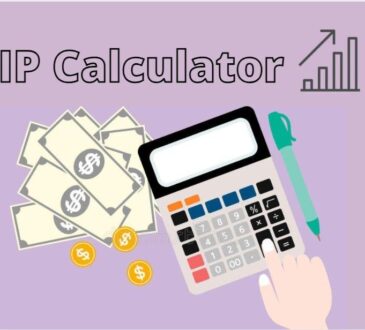
In order to contribute to the matter, we provide a free spreadsheet to register, classify and monitor your company’s disbursements. You can download it by clicking the button below:
Statement of Expenses, Costs and Expenses
And why are we talking about all this? Because the Value Chain describes the process by which companies receive raw materials, relate to suppliers, add value to raw materials to create a finished product and then market the final product to customers. The value chain of a given company is influenced by the value chain of its suppliers, as well as influencing the value chain of its buyers (companies or families), forming an integrated chain, which Porter called the Value System.
The value chain analysis is carried out observing all the production steps necessary to create a product and identify ways to increase the efficiency of the chain. The overall objective is to deliver maximum value at the lowest possible total cost and create sustainable competitive advantage. We Recommended reading and understanding about the whole process here and for that you can have all the options open now.
What is value creation and how does a company create value?
The better question might be: how does the company change inputs into outputs in such a way that it creates value for consumers? Value creation means adding any type of value that will improve long-term economic and financial health and guarantee business competitiveness and success. The value created by a company is the profit margin.
Well, we know that the more value an organization creates, the more likely it is to be profitable. By providing more value to your customers, the greater the competitive advantage. Did you see how everything is connected?
Value sources
This is precisely why understanding how your company creates value and looking for ways to add more value are crucial elements in the development of a competitive strategy. Michael Porter talks about this in the book Competitive Advantage. In fact, it was in the work that Porter first introduced the concept of Value Chain.
Ok, we already understand that the Value Chain is a set of activities carried out by the company to create value for its customers. We also understand that the way the activities of this chain are carried out determines costs and affects profits. But now the question is:
Why use the Value Chain?
To begin with, one of the greatest strengths of the Porter Value Chain is that it is a very flexible strategy tool for analyzing the business, its competitors and the respective locations in the company’s value system. In addition, it can be used to diagnose and create competitive advantages in both cost and differentiation (more on this later). This causes the entire company to focus its attention on the activities necessary to deliver value creation.










